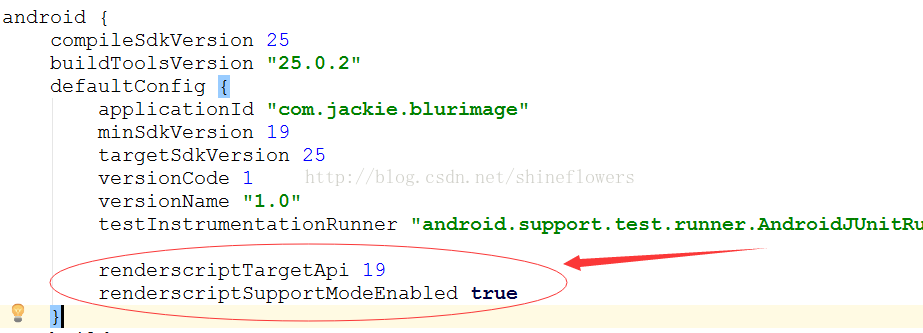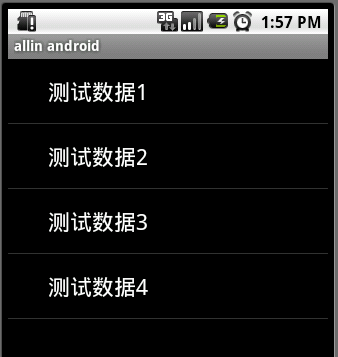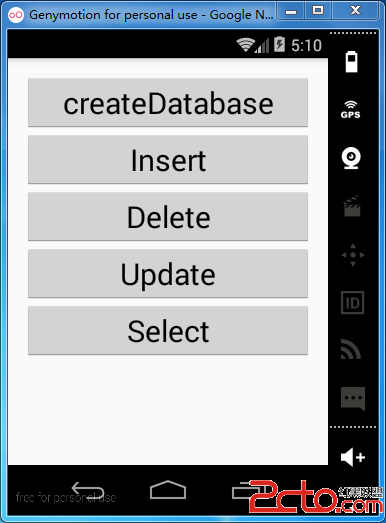編輯:關於Android編程
這節課將會學習如何在觸摸事件中記錄手指移動的軌跡。
當手指觸摸的位置、壓力或者尺寸發生變化時,ACTION_MOVE事件就會被觸發。與Detecting Common Gestures中描述的一樣,所有的事件都被記錄在一個MotionEvent對象中。
因為基於手指的觸摸並不是很精確的交互方式,所以檢測觸摸事件的行為需要更多的軌跡點。為了幫助APP區分基於軌跡的手勢(比如滑動等移動的手勢)與非軌跡手勢(比如單點等不移動的手勢),Android提出了一個名為”touch slop”的概念。Touch slop指的是用戶按下的以像素為單位的距離。
這裡有若干項不同的追蹤手勢軌跡的方法,具體使用哪個方法取決於應用程序的需求:
指針的起始位置與結束位置。 指針位移的方向,由X,Y的坐標判斷。 歷史記錄,你可以通過getHistorySize()獲得手勢的歷史尺寸。然後可以通過getHistorical(Value)方法獲得這些歷史事件的位置,尺寸,事件以及壓力。當渲染手指的軌跡時,比如在屏幕上用手指畫線條等,歷史記錄這時就會派上用場。 指針在屏幕上滑動的速度。在記錄手勢的特性或者在檢查何種手勢事件發生時,除了要依靠手指移動的距離、方向這兩個要素之外。還需要另外一個非常重要的因素就是速度。為了使速度計算更加容易,Android為此提供了VelocityTracker類以及VelocityTrackerCompat類。VelocityTracker用於輔助記錄觸摸事件的速度。這對於判斷哪個速度是手勢的標准部分,比如飛速滑動。
下面的例子用於演示在VelocityTracker API中方法的目的:
public class MainActivity extends Activity {
private static final String DEBUG_TAG = "Velocity";
...
private VelocityTracker mVelocityTracker = null;
@Override
public boolean onTouchEvent(MotionEvent event) {
int index = event.getActionIndex();
int action = event.getActionMasked();
int pointerId = event.getPointerId(index);
switch(action) {
case MotionEvent.ACTION_DOWN:
if(mVelocityTracker == null) {
// Retrieve a new VelocityTracker object to watch the velocity of a motion.
mVelocityTracker = VelocityTracker.obtain();
}
else {
// Reset the velocity tracker back to its initial state.
mVelocityTracker.clear();
}
// Add a user's movement to the tracker.
mVelocityTracker.addMovement(event);
break;
case MotionEvent.ACTION_MOVE:
mVelocityTracker.addMovement(event);
// When you want to determine the velocity, call
// computeCurrentVelocity(). Then call getXVelocity()
// and getYVelocity() to retrieve the velocity for each pointer ID.
mVelocityTracker.computeCurrentVelocity(1000);
// Log velocity of pixels per second
// Best practice to use VelocityTrackerCompat where possible.
Log.d("", "X velocity: " +
VelocityTrackerCompat.getXVelocity(mVelocityTracker,
pointerId));
Log.d("", "Y velocity: " +
VelocityTrackerCompat.getYVelocity(mVelocityTracker,
pointerId));
break;
case MotionEvent.ACTION_UP:
case MotionEvent.ACTION_CANCEL:
// Return a VelocityTracker object back to be re-used by others.
mVelocityTracker.recycle();
break;
}
return true;
}
Note: 注意,應當在ACTION_MOVE事件內部計算速度,不要在ACTION_UP內部計算,因為在ACTION_UP內部計算所得到的X與Y的速度值都是0.
 Android實現動態高斯模糊效果示例代碼
Android實現動態高斯模糊效果示例代碼
寫在前面現在,越來越多的App裡面使用了模糊效果,這種模糊效果稱之為高斯模糊。大家都知道,在Android平台上進行模糊渲染是一個相當耗CPU也相當耗時的操作
 關於ListView的總結
關於ListView的總結
關於ListView網上也有許多的介紹,我選了一些結合到了一起,僅供參考。在android開發中ListView是比較常用的組件官方API地址:http://www.an
 在android中使用SQLite數據庫
在android中使用SQLite數據庫
SQLite數據庫以其輕量、體積小等特點,使其在開發中運用的非常廣泛,在前面的博客中我也介紹過在Cocos2d-x中使用SQLite數據庫,這篇博客是介紹在Android
 Android中在GridView網格視圖上實現item拖拽交換的方法
Android中在GridView網格視圖上實現item拖拽交換的方法
GridView基礎新建一個HelloGridView的工程修改main.xml代碼如下:<?xml version=1.0 encoding=utf-8&